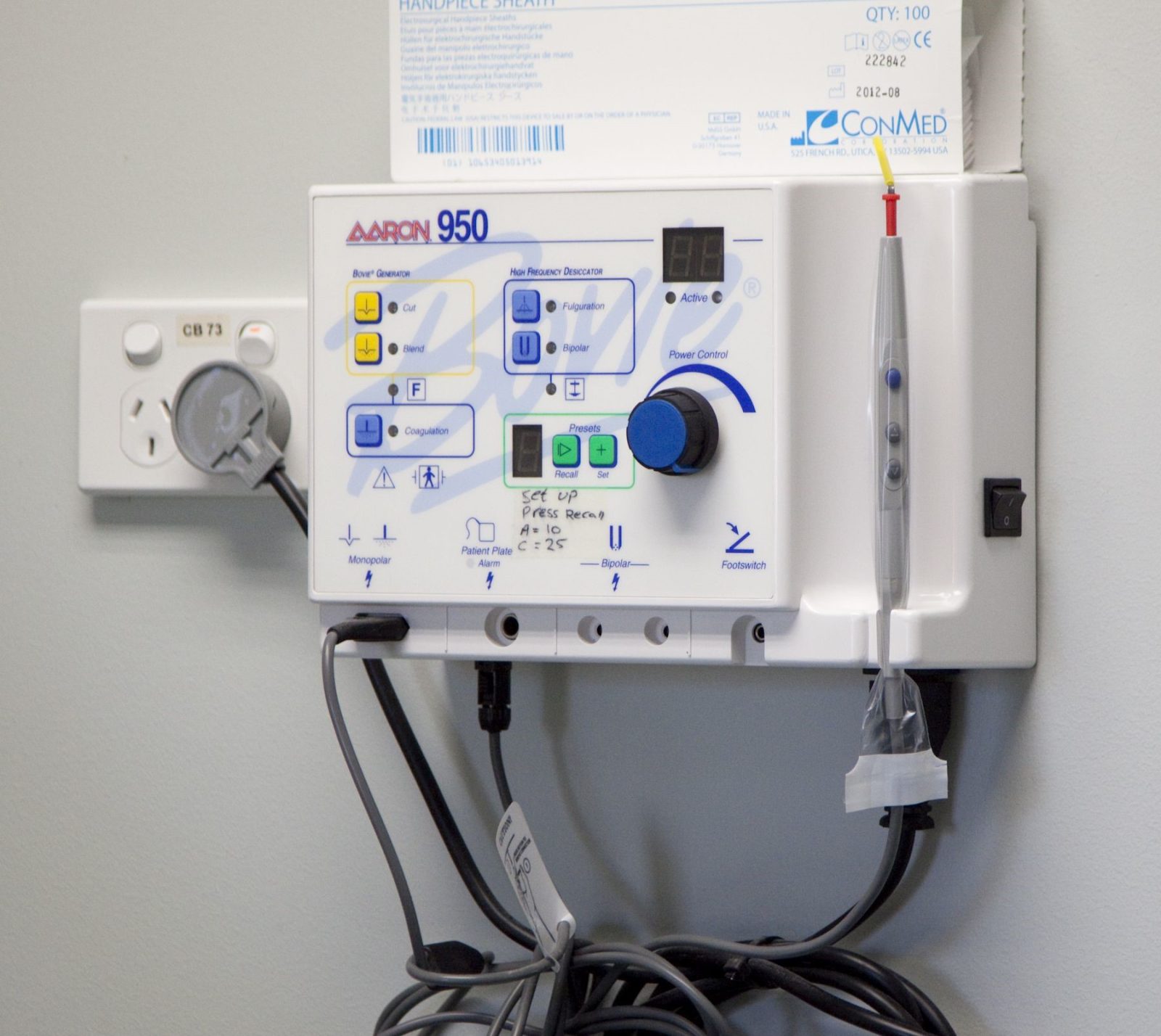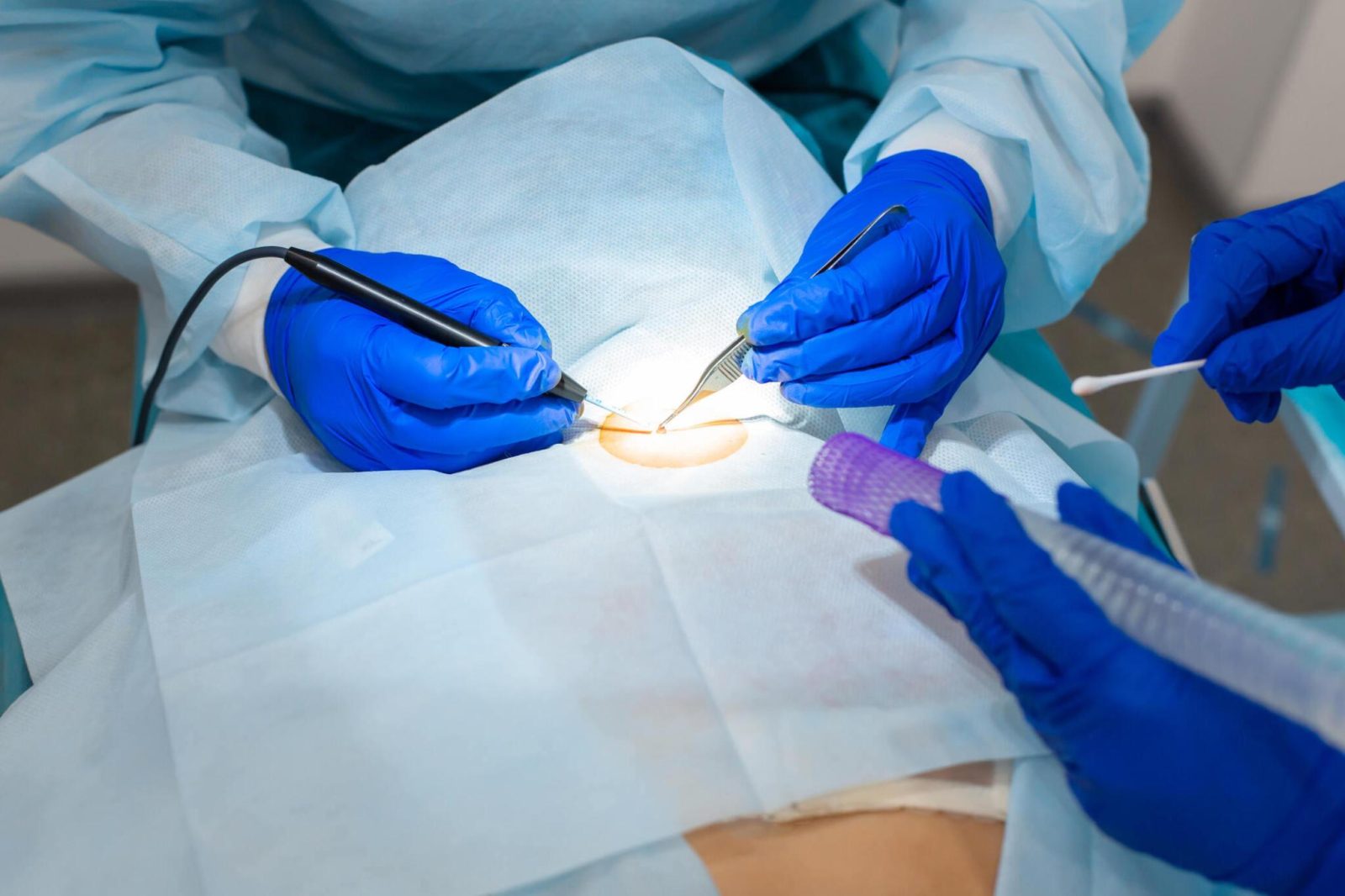Surgical Treatments

Biopsy
After initial examination , a biopsy may be required to further assess if a lesion is dangerous or malignant. A skin biopsy is a procedure that takes a sample of skin to be analysed in the laboratory and is used to diagnose the presence of skin cancer. There are 2 main types of biopsy
Punch biopsy – this involves removing a deep circular portion of the suspected lesion
Shave biopsy – this removes a small shallow portion of suspected tumour for analysis
Excision
Excision refers to the complete removal of a lesion from the skin, by cutting it out and bringing the remaining edges of healthy skin back together. It is performed when lab results from a previous biopsy show abnormal or atypical skin cell structure of a basal cell carcinoma, squamous cell carcinoma or melanoma. An excision aims to remove any remaining abnormal tissue, and is important to ensure melanoma doesn’t spread to other areas of the body (metastasise). In most cases, there are no pre-operative adjustments required,Excisions naturally vary in size according to the amount of tissue being removed. The wound area is usually closed with sutures (stitches) so some scarring is inevitable, although elliptical excisions designed to run parallel with natural skin creases are often remarkably hard to spot once fully healed. The doctor will first outline the excision site with a surgical marker. Local anaesthesia is then injected to numb the area for the duration of the procedure. Using special surgical tools, the doctor will then cut the lesion out, including a small margin of healthy skin tissue surrounding the area. Excess blood flow can be slowed using specialised medical equipment prior to the wound being sewn closed.
In some cases where the lesion to be removed is large or is on more sensitive areas of the body such as the face , a skin graft or local skin flap will be required to repair the skin after lesion removal. A skin graft involves removing skin from one portion of the body and using to repair a defect at another location whilst a skin flap involves using skin that is immediately adjacent to the site of the cancer to repair the defect.
Curettage and Electrodessication
In selected cases a skin tumor can be removed by scraping it with a long, thin instrument with a sharp looped edge on one end (called a curette). The area is then treated with an electric needle (electrode) to destroy any remaining cancer cells




